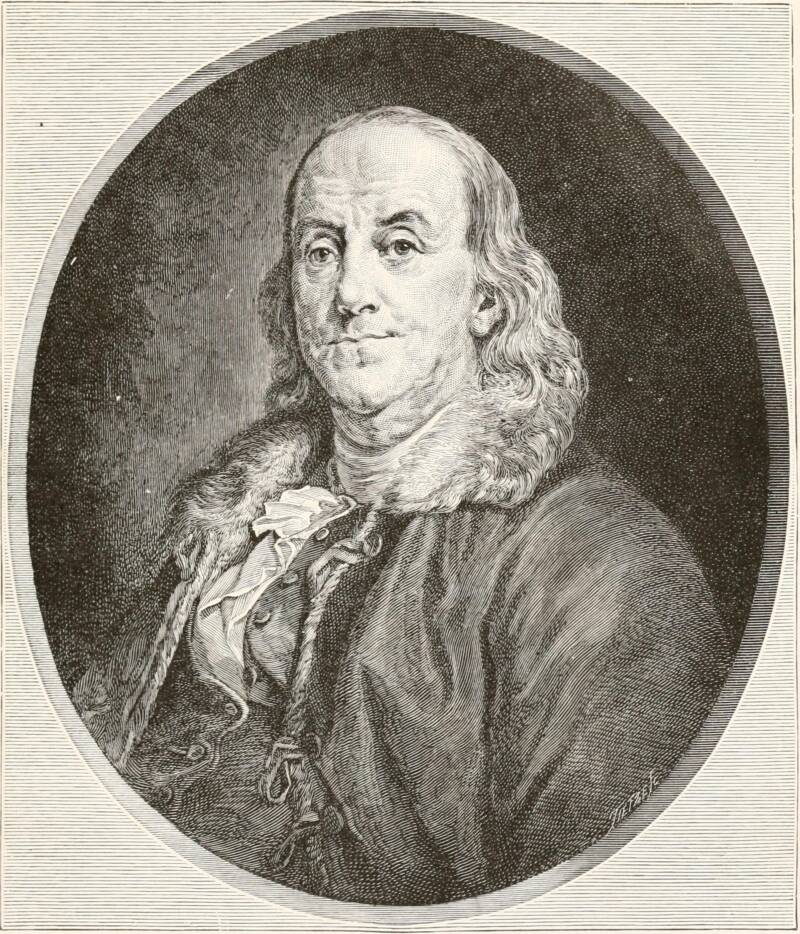He spent half his life in unofficial retirement
Franklin arrived in Philadelphia in 1723 with little money, but over the next 20 years, he amassed a huge fortune as a publisher of the well-known "Poor Richard's Almanac," owner of a print shop, and land speculator. The 42-year-old man had amassed enough wealth by 1748 to hang up his printer's apron and transition into a "gentleman of leisure." With his retirement, Franklin had the time to devote his remaining 42 years to scientific research and the creation of innovations including the lightning rod, bifocal glasses, and a more effective heating furnace.
Franklin's resignation letter helped establish the modern concept of a life where you can do many jobs, many jobs that you can afford, are passionate about, and committed to. This concept has been ranked among his great inventions. Fifty percent of Franklin's ownership of the company was transferred to him in a transaction to Hall. Franklin's printing business was unlike any other commercial activity in the Colony. printing was an 18th-century local commercial activity that was centered on small businesses and government customers, and on products such as stationery, legal notices, currency, invoices and invitations. Franklin took it upon himself to alter this parochial model in two respects: as publisher of the Pennsylvania Gazette and the wildly popular Poor Richard's Almanac, he was a substantial copyright owner. He was also the kind of investor with the bravery, pioneering risk of supplying presses designed specifically for ambitious printers in far-flung places (New York, Newport, Charleston, even Antigua magazine) in exchange for a small but significant profit for the expansion of this printing business.











